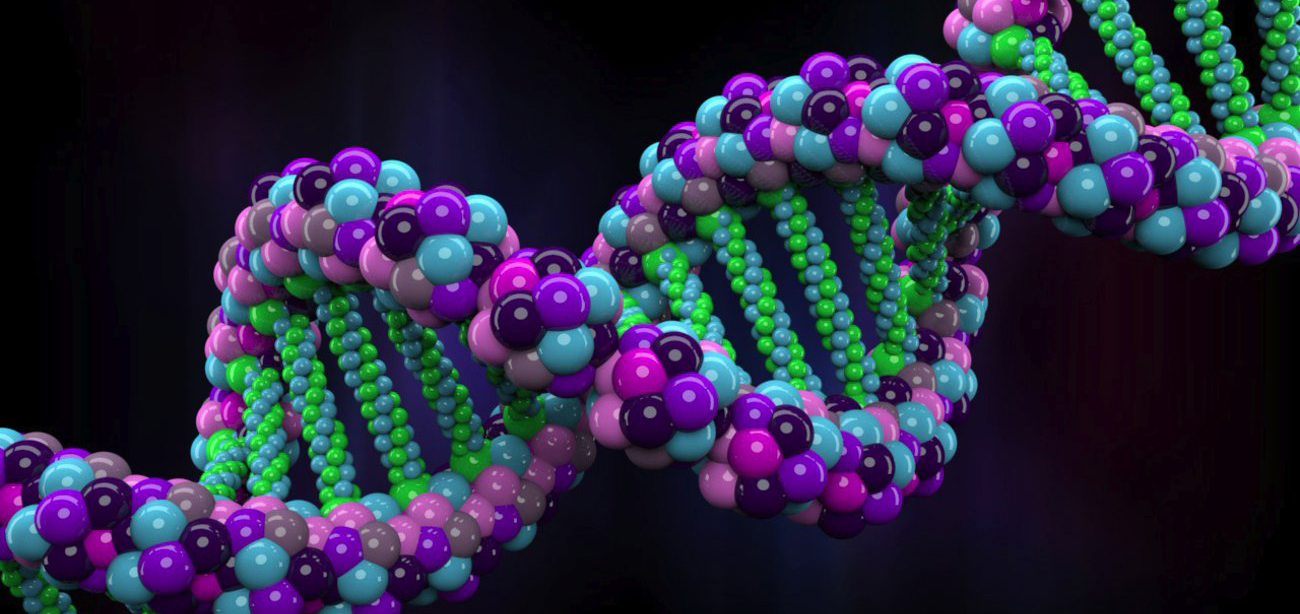Scientists have used a CRISPR-Cas9-type gene-editing technique to attenuate some typical symptoms of autism in mice with a fragile X-chromosome syndrome form, the cause of a single, more common known gene for spectrum disorders autistic.
There are still no treatments for autism, and many of the clinical trials of drugs that act on proteins that cause autism have failed. What has been achieved in the new research seems to be the first case where a causal gene for autism in the brain is edited and a significant decrease in behavioral symptoms is achieved.
The researchers injected nanoparticles (action pictured above on the right) that introduced CRISPR-Cas9 into the brains of mice with fragile X syndrome to edit the DNA (task symbolized by scissors) and deactivate a neurotransmitter receptor, which reduced the Repeated exaggerated behavior typical of autistic spectrum disorders.
Those who suffer from autism spectrum disorders have problems when interacting with other people as well as exaggerated repetitive behavior. Although this set of disorders seems to have several causes, including multiple genetic mutations, the alterations of a single gene, as in the case of fragile X syndrome, are a more convenient way (because it is simpler) to explore the causes and the potential treatments. Although autistic spectrum disorders affect more than 1 percent of the child population according to current diagnostic criteria, fragile X syndrome is rare, occurring in only one of every 4,000 boys and every 6,000 girls.
These and other innovations are now possible in Pharmamedic.








